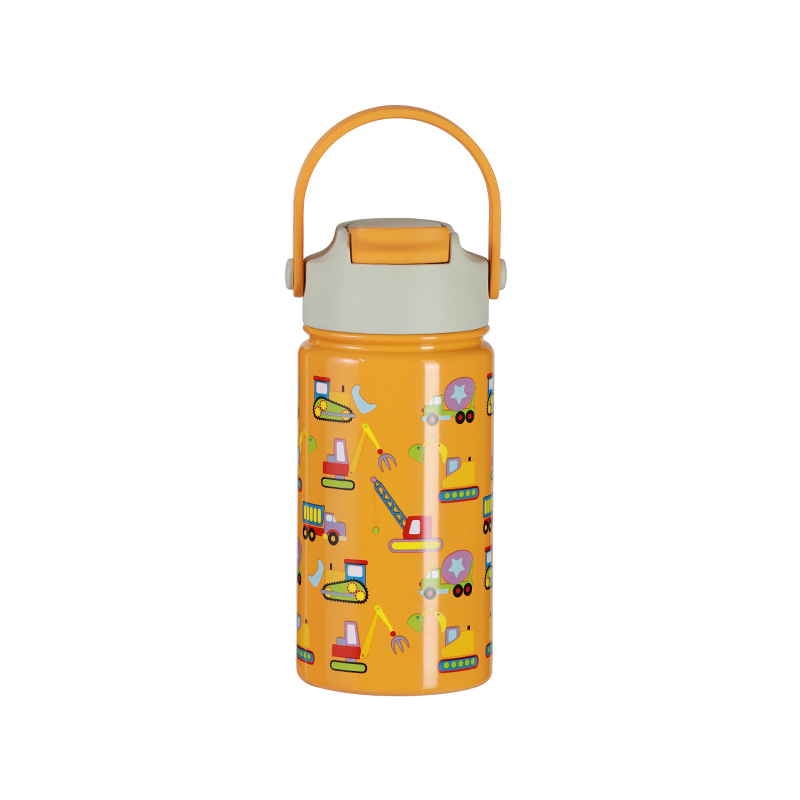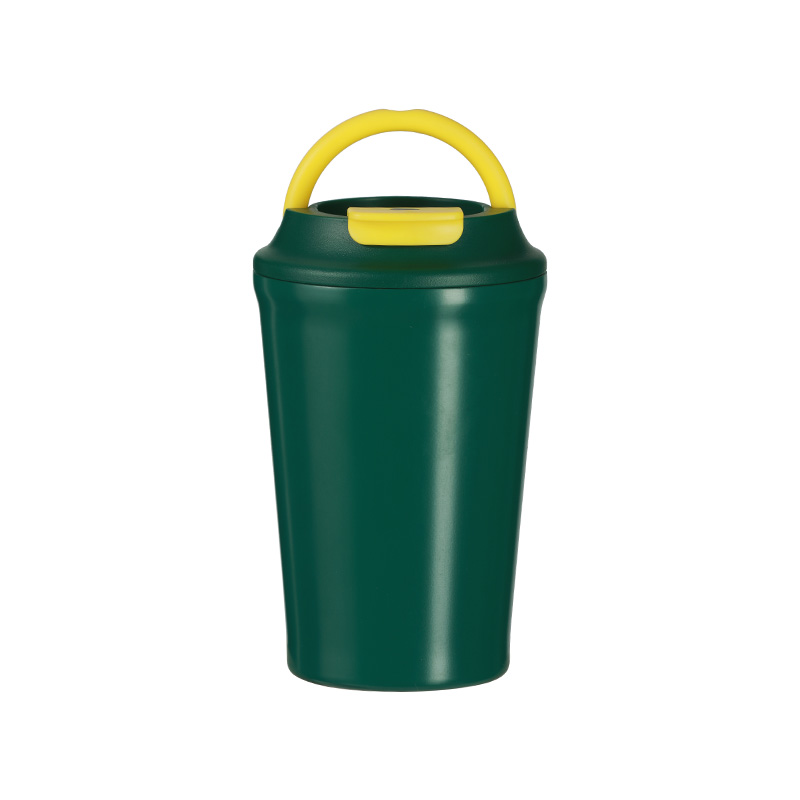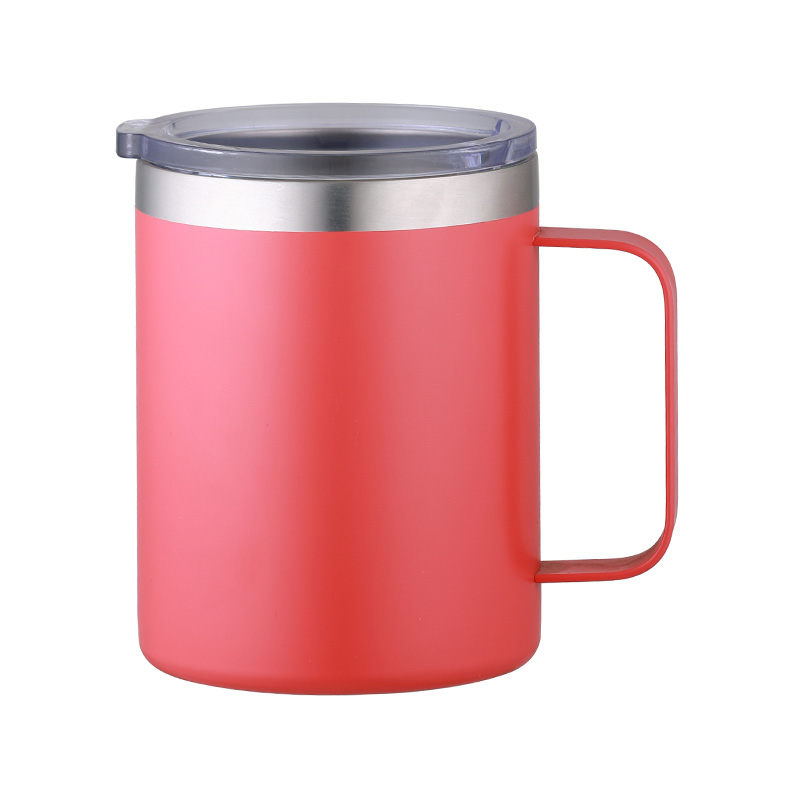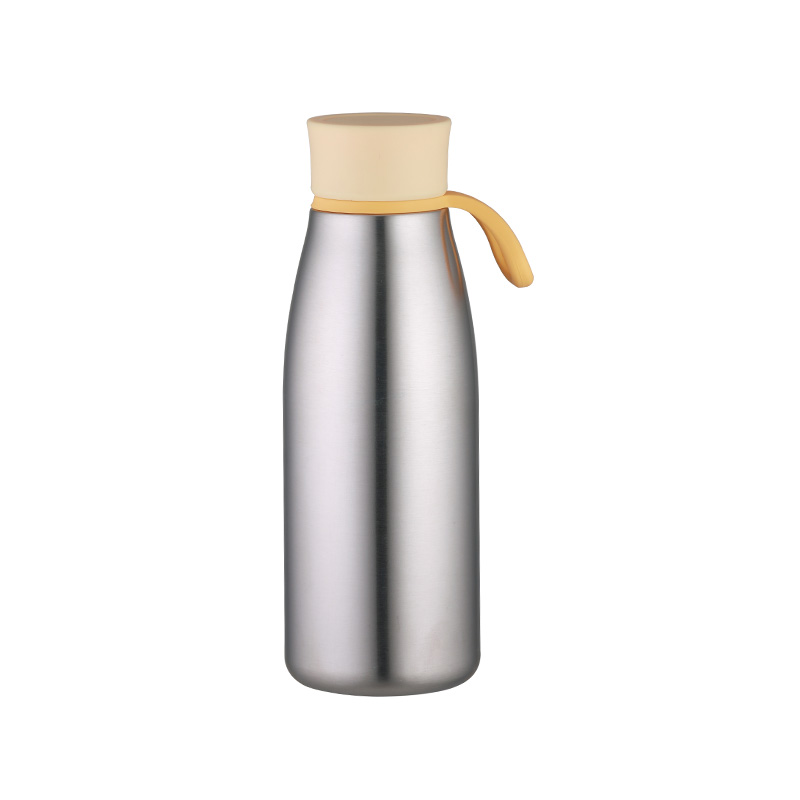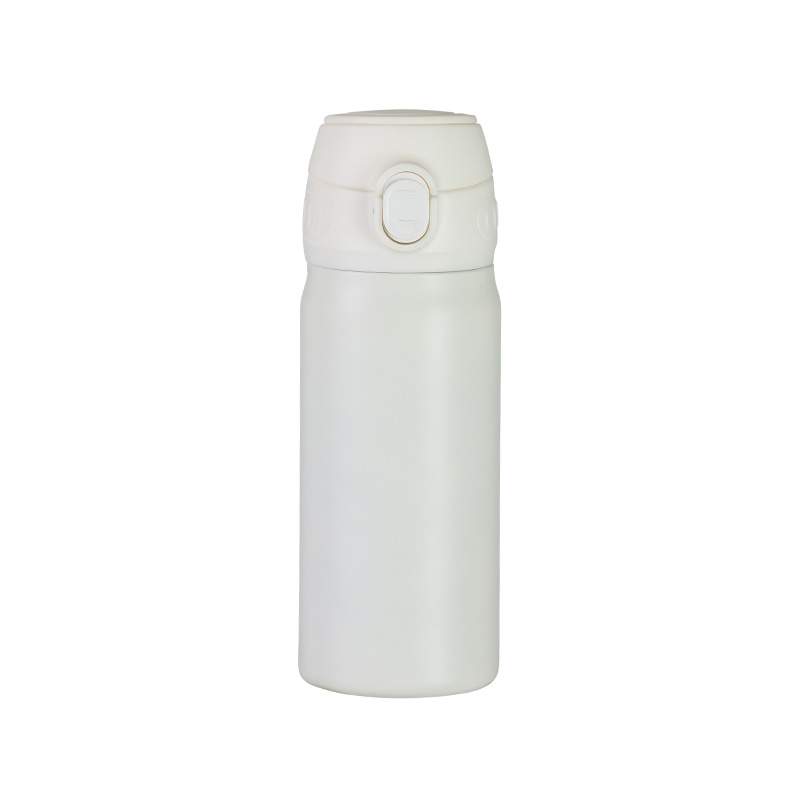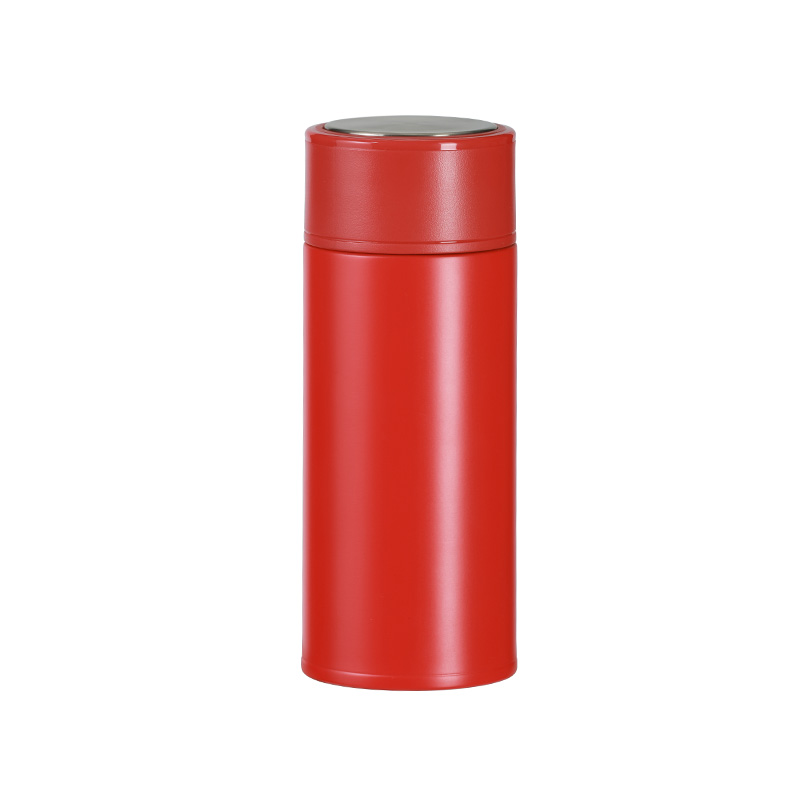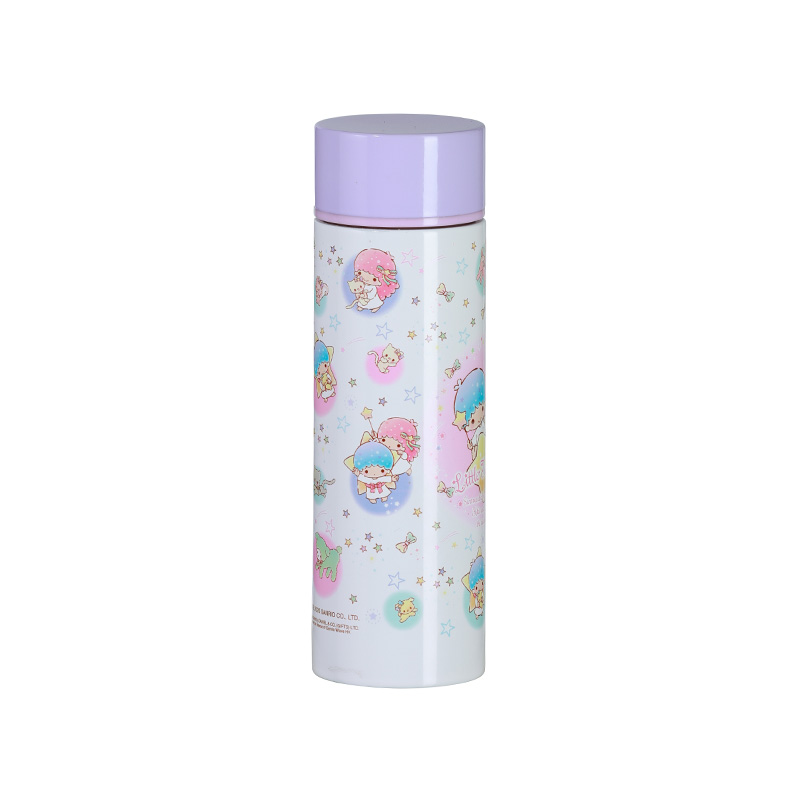Stainless steel water bottles have become increasingly popular due to their durability, sustainability, and convenience. Unlike plastic or glass bottles, stainless steel models offer long-term usability and are often preferred for both everyday hydration and outdoor activities. The performance, safety, and longevity of these bottles depend heavily on the materials used in their construction. Understanding the common materials used in stainless steel water bottles helps consumers make informed choices about quality, safety, and functionality.

Main Body Materials
The main body of a water bottle is the critical component, as it holds the liquid and provides structural strength. Stainless steel water bottles typically use specific types of stainless steel to meet both safety and durability requirements.
304 stainless steel: Also known as 18/8 stainless steel, this material is widely used for water bottles. The “18/8” designation refers to its composition of 18% chromium and 8% nickel. This combination provides corrosion resistance, making it suitable for holding water and other beverages without reacting chemically. 304 stainless steel is also durable, easy to clean, and maintains its appearance over time.
316 stainless steel: Known as marine-grade stainless steel, 316 stainless steel contains molybdenum in addition to chromium and nickel. This addition enhances corrosion resistance, particularly against saltwater and acidic beverages. 316 stainless steel bottles are often chosen for outdoor activities or for people who want a higher level of resistance to corrosion and staining.
Double-wall construction: Many stainless steel bottles use double-wall or vacuum-insulated designs. The inner and outer layers are made from stainless steel, creating an air gap that provides thermal insulation. This construction keeps drinks hot or cold for extended periods while maintaining the bottle’s durability.
Choosing the right stainless steel type ensures that the bottle is safe for daily use, resistant to rust, and capable of withstanding minor impacts without denting.
Lid and Cap Materials
The lid and cap of a stainless steel water bottle are equally important, as they maintain the seal and provide ease of use. Materials used for these components are selected for durability, safety, and leak prevention.
Stainless steel lids: Some bottles feature lids entirely made of stainless steel. These are highly durable and often match the bottle’s main body in appearance. Stainless steel lids are less likely to crack or degrade over time, and they maintain hygiene with proper cleaning.
Food-grade plastics: Many lids incorporate BPA-free plastics such as polypropylene or Tritan. These plastics are resistant to heat and chemicals, providing a secure seal while remaining lightweight. Food-grade plastics ensure that no harmful chemicals leach into beverages.
Silicone seals and gaskets: Silicone is commonly used for the sealing components in caps and lids. It provides a flexible, watertight seal and withstands repeated opening and closing. High-quality silicone is heat-resistant and durable, ensuring leak-free performance.
Combination designs: Some lids combine stainless steel and plastic elements for ergonomic designs, drinking spouts, or flip-top functionality. This combination allows for convenience and versatility while maintaining safety.
Selecting lids made from compatible, food-safe materials ensures that the bottle remains hygienic and leak-resistant.
Additional Accessory Materials
Beyond the main body and lid, accessories can enhance the functionality and portability of stainless steel water bottles.
Straps and handles: Straps or carry handles are often made from woven nylon or silicone, providing durability and comfort. These materials allow users to carry bottles easily while resisting wear and tear.
Protective sleeves: Some bottles feature silicone or neoprene sleeves to improve grip and protect against minor impacts. These sleeves also provide additional insulation and prevent condensation.
Paints and coatings: Powder coatings or non-toxic paints are used to provide color or decorative finishes. High-quality coatings resist chipping, scratching, and fading, extending the bottle’s visual appeal.
Caps and spouts for sports bottles: Flip tops, straws, or push-button caps are often made of BPA-free plastic or silicone, combining functionality with safety.
These accessories complement the stainless steel structure, adding convenience without compromising the bottle’s durability or safety.

 English
English 日本語
日本語